replacement surgery. Hip pain can be debilitating. It’s important to identify the causes and treatment. According to epidemiological studies, it is estimated that about 15% of the global population suffers from hip pain at some point in their lives. Most people are over 55 years old. The hip is one of the most important joints in the human musculoskeletal system. It supports body weight and allows a wide range of movements, such as walking, running, jumping and turning. Since hip pain can arise from various anatomical structures including the joint itself, muscles, tendons, ligaments and surrounding structures, it’s important to conduct a thorough assessment to determine the specific cause of the pain. Only an orthopedic expert can do this and also identify a specific treatment.
Keep reading to find out why you’re experiencing hip pain. You’ll also find a series of tips to alleviate discomfort and regain mobility with ease.
Index
- Hip issues: symptoms
- Treating hip pain
- Conclusions
- FAQ
Hip issues: symptoms
In the medical field hip pain is referred to as coxalgia.
Hip pain is usually localized in the region of the joint itself. It can be described as dull, deep or burning. It can also be constant or intermittent and may be aggravated by movements such as walking, running, climbing stairs or sitting for long periods of time. In some cases the pain may radiate to the groin area, thigh or buttock.
Along with hip pain other symptoms may also occur such as a sensation of stiffness or locking of the hip joint. These can make movement difficult and limit the flexibility of the area.
Patients may experience difficulty performing daily activities such as walking, bending, sitting or rising from a seated position.
What do the symptoms experienced in the hip area indicate?
If there is pain, stiffness and limitations in the hip, then we are facing the onset or presence of a condition affecting the joint.
Some conditions that can cause hip pain include hip osteoarthritis, rheumatoid arthritis, hip injuries, inflammation of the bursae and other joint-related conditions.
In the presence of symptoms of hip pain, it is essential to consult a specialist doctor for a thorough evaluation and a definitive diagnosis.
The doctor will conduct a detailed physical examination. They will then assess the patient’s medical history and may request further diagnostic tests. These may include hip X-rays, MRI or bone scans to confirm the diagnosis and determine the appropriate treatment.
Osteoarthritis of the hip: the main cause of hip pain
Osteoarthritis is a degenerative condition of the hip joint that predominantly affects individuals over the age of 50, with a higher prevalence in women. It is estimated that the annual incidence of this condition is approximately 480 new cases per 100,000 people.
When a person of a certain age complains of pain in the hip area, joint stiffness, limited movement and reduced joint function, both during movement and at rest, it is often osteoarthritis of the hip. But what exactly is this condition?
Osteoarthritis of the hip is characterized by the progressive degeneration of the hip joint’s cartilage. This leads to a reduction in its thickness and cushioning capacity.
This degenerative process is often the result of excessive wear and tear on the joint over the years, associated with the normal aging process. However, the etiology is much broader.
Indeed some risk factors can contribute to the onset and progression of osteoarthritis. For example: obesity, excessive load on the joint, previous hip trauma and structural abnormalities of the joint itself.
Treating hip pain
When seeking relief from hip pain patients often prefer the least invasive therapy possible when consulting an orthopedic specialist. Many patients worry that the professional may propose a major surgical procedure for them. However, before reaching such a conclusion, less invasive and conservative interventions are typically attempted.
Rest and modifications in physical activity are often recommended to reduce the load on the joint and promote recovery. This may include avoiding high-impact activities that can exacerbate pain, as well as adopting specific strengthening and stretching exercises for the hip to improve its stability and flexibility. Many patients experience relief through these interventions alone, but sometimes they may not suffice.
The use of medications, such as ibuprofen or naproxen, may then become necessary. These medications can be taken orally or applied locally in the form of gel or cream. If hip pain persists despite conservative remedies, corticosteroid injections into the joint may be considered.
Corticosteroids are a class of drugs that mimic the corticosteroid hormones naturally produced by the human body. These drugs have potent anti-inflammatory, immunosuppressive and analgesic effects, which can help reduce inflammation and pain in the joint.
The injections are administered by an experienced physician using a thin needle to insert the medication directly into the space of the affected joint. The results are often very satisfying and can alleviate symptoms while postponing surgery.
Regenerative medicine
Regenerative medicine is an emerging field that offers new perspectives for treating hip pain. In addition to physical and rehabilitative therapies such as physiotherapy, new technologies capable of relieving coxalgia can be employed. Platelet-rich plasma (PRP) injections and stem cell therapies are examples of these. Let’s take a closer look at what they entail.
Platelet-rich plasma (PRP) is a solution obtained from the patient’s blood sample. The blood is then centrifuged to concentrate the platelets, which are involved in blood clotting but also contain growth factors and proteins that can stimulate tissue regeneration.
Once the PRP is prepared, it is injected directly into the hip joint. This promotes the repair of damaged tissues and alleviates pain. For those wondering, PRP injections into the hip joint can cause some degree of pain or discomfort during the procedure.
Another innovative method for treating hip pain involves stem cells. These can be obtained from various sources such as bone marrow, adipose tissue or umbilical cord blood. Once harvested, stem cells are isolated, cultured in the laboratory and then injected into the patient’s hip joint.
They can help reduce inflammation and improve joint function. Both of these treatments are still under research and their effectiveness has not been proven on numerous patients. These methods do not provide a definitive solution to hip pain but can significantly improve the patient’s quality of life.
When is hip replacement surgery necessary?
If the conservative methods mentioned earlier prove ineffective in treating hip pain and stopping the progression of associated conditions, it is advisable to consider hip replacement surgery.
Hip replacement surgery involves the removal of the damaged portion of the joint and its replacement with an artificial prosthetic implant. The implant is made up of components made of metal, ceramic and polyethylene. It is designed to restore joint function and reduce pain.
The decision to undergo hip replacement surgery is made by the patient in collaboration with the doctor. The decision is made after a thorough evaluation of symptoms, diagnostic test results and available treatment options. This is because, like other surgical procedures, hip implant surgery has its share of contraindications and potential complications.
Some patients may not be suitable candidates for the procedure. For example those with an ongoing infection, especially in the hip area, may need to treat and resolve the infection before considering surgery.
Additionally, individuals with advanced heart, lung or kidney diseases should not undergo surgery. These are conditions that can increase the risk during surgery and the recovery period.
Finally, patients with unrealistic or unachievable expectations regarding the outcomes of the prosthetic surgery may not be suitable for the procedure. It is important to understand that hip replacement surgery aims to alleviate pain, improve function and enhance quality of life.
Conclusions
In conclusion hip pain can be a debilitating issue that impacts quality of life and daily functionality. It is crucial to address hip pain promptly and accurately, seeking a precise diagnosis and appropriate treatment. Consulting with a specialized orthopedic surgeon can provide an effective solution for managing hip pain.
I am Dr. Strigelli, an experienced orthopedic specialist with extensive expertise in treating hip conditions. Through comprehensive evaluation and the use of the latest technologies and therapies I offer a personalized approach to alleviate hip pain and restore joint functionality.
Don’t let hip pain limit your life. Contact me for specialized consultation and to discuss available treatment options. Take control of your health and live free from hip pain.
FAQ
What are the common causes of hip pain?
Hip pain can be caused by various conditions including hip osteoarthritis, rheumatoid arthritis, trochanteric bursitis, soft tissue injuries, hip fractures and hip joint conditions such as congenital hip dysplasia.
What are the typical symptoms of hip pain?
The symptoms of hip pain may include localized pain in the hip area, limited range of motion. These are accompanied by joint stiffness, pain radiating to the thigh or knee. The patient experiences difficulty walking or rising from a chair and a sensation of popping or locking of the joint.
What diagnostic tests are used to evaluate hip pain?
Common diagnostic tests used to evaluate hip pain include X-rays, magnetic resonance imaging (MRI), computed tomography (CT) scans, ultrasound and blood tests to detect any signs of inflammation or infection.
What are the treatment options for hip pain?
Treatment options for hip pain depend on the underlying cause. They may include conservative therapies such as rest, physical therapy, pharmacological therapy with pain relievers or anti-inflammatory drugs. Corticosteroid injections into the hip joint, physical therapies to improve strength and mobility may also be considered. In severe or persistent cases surgery, which involves hip replacement, may be the solution.
When is it advisable to consult a doctor for hip pain?
It is advisable to consult a doctor if you experience persistent, severe or worsening hip pain. If you have difficulty walking or performing normal daily activities, if the pain is accompanied by fever or swelling in the joint area or if you have experienced trauma or an accident involving the hip. A doctor will be able to assess the cause of hip pain and provide an accurate diagnosis and appropriate treatment plan.
When is hip replacement surgery necessary?
Hip replacement surgery is generally considered when the patient has advanced hip osteoarthritis, significant chronic pain that does not respond to conservative treatments and severe limitation of hip function that affects the patient’s quality of life.
It is not considered when there are active infections, severe systemic diseases, blood clotting disorders, severe neurological problems and unrealistic expectations.
An accurate assessment by a specialist is essential to determine the patient’s suitability for joint replacement surgery.


